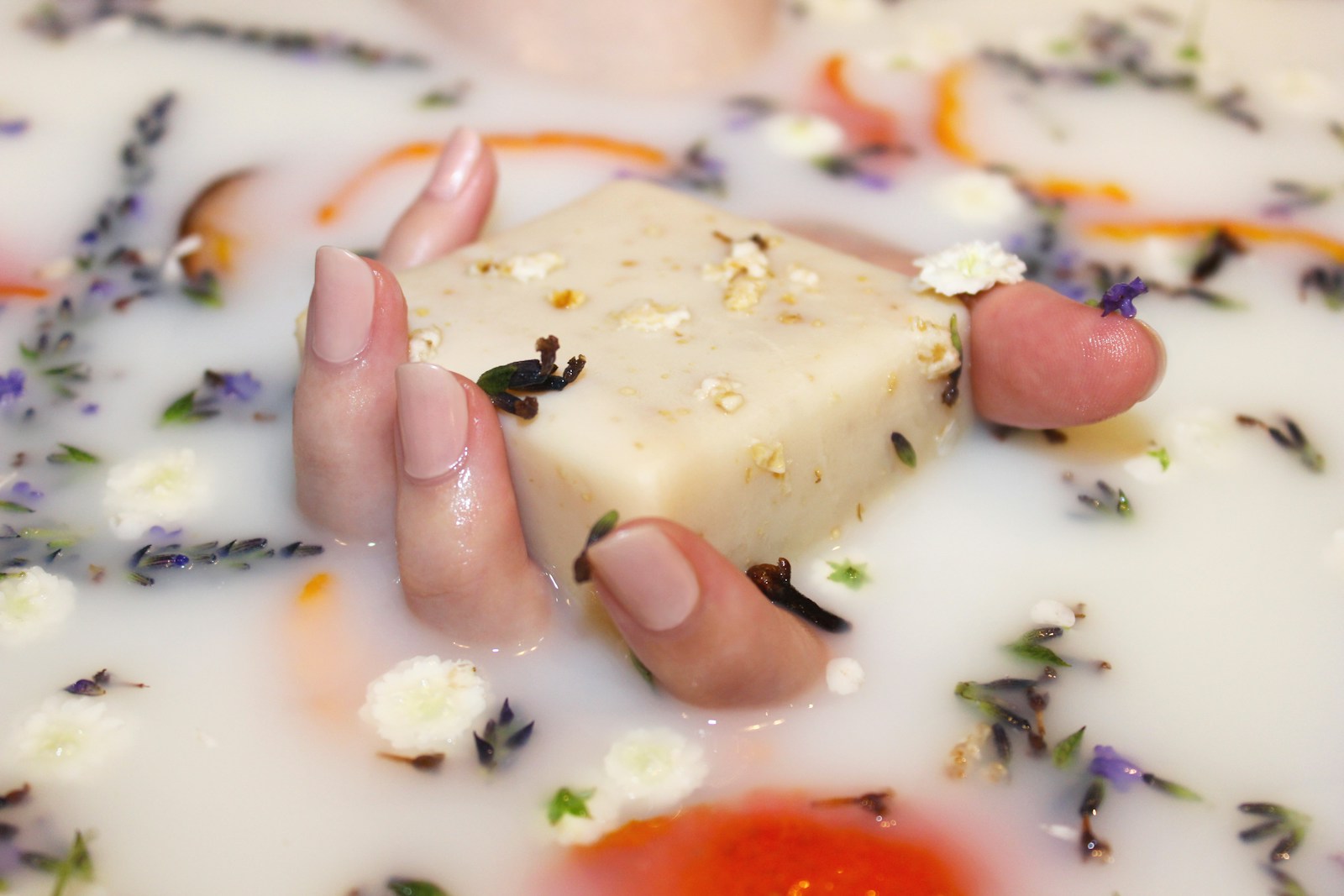Soap Making: Tips and Guide to Making Homemade Soap
Making soap at home can be a fun and rewarding hobby. Not only do you get to customize the ingredients and scents, but you also have the satisfaction of using a product that you made yourself. Whether you’re a beginner or a seasoned soap maker, there are always new techniques and tips to improve your craft. In this guide, we will explore some of the best techniques for making homemade soap, including how to create beautifully scented soap that will leave you feeling clean and refreshed.
One of the most important aspects of soap making is choosing the right ingredients. For a basic soap recipe, you will need oils, lye, and water. It’s essential to use high-quality oils, such as coconut oil, olive oil, and shea butter, to create a moisturizing and nourishing bar of soap. Lye is a crucial component in soap making, as it is what reacts with the oils to create soap. Make sure to use caution when working with lye, as it can be caustic. Always wear protective gear, such as gloves and goggles, and work in a well-ventilated area.
Once you have gathered your ingredients, the next step is to mix them together. This is where the fun begins, as you can experiment with different scents and colors to create a unique and personalized bar of soap. Essential oils, such as lavender, peppermint, and eucalyptus, are popular choices for adding fragrance to soap. You can also use natural colorants, such as mica powders or botanicals, to give your soap a beautiful hue. Be sure to blend the ingredients thoroughly to ensure that the soap sets properly.
Another important technique in soap making is using the right molds. Silicone molds are a popular choice for making soap, as they are flexible and easy to remove the soap from once it has set. You can find a wide variety of molds in different shapes and sizes, allowing you to get creative with your designs. Consider using decorative molds, such as flower shapes or geometric patterns, to add visual interest to your soap.
After pouring the soap into the molds, it’s crucial to let it cure properly. Curing allows the soap to harden and improve its lather and longevity. Depending on the recipe, soap can take anywhere from a few days to several weeks to cure fully. Be patient and allow the soap to cure in a cool, dry place before using it.
Once your soap has cured, you can enjoy the luxurious feeling of using a bar of soap that you made yourself. Homemade soap makes a thoughtful gift for friends and family, or you can keep it all to yourself for a spa-like experience at home. Experiment with different scents and ingredients to create a truly one-of-a-kind bar of soap that suits your preferences.
In conclusion, making soap at home is a fun and creative process that allows you to customize your skincare routine. By following these tips and techniques, you can create beautifully scented soap that will leave you feeling clean and refreshed. So gather your ingredients, choose your favorite scents, and start making homemade soap today!





